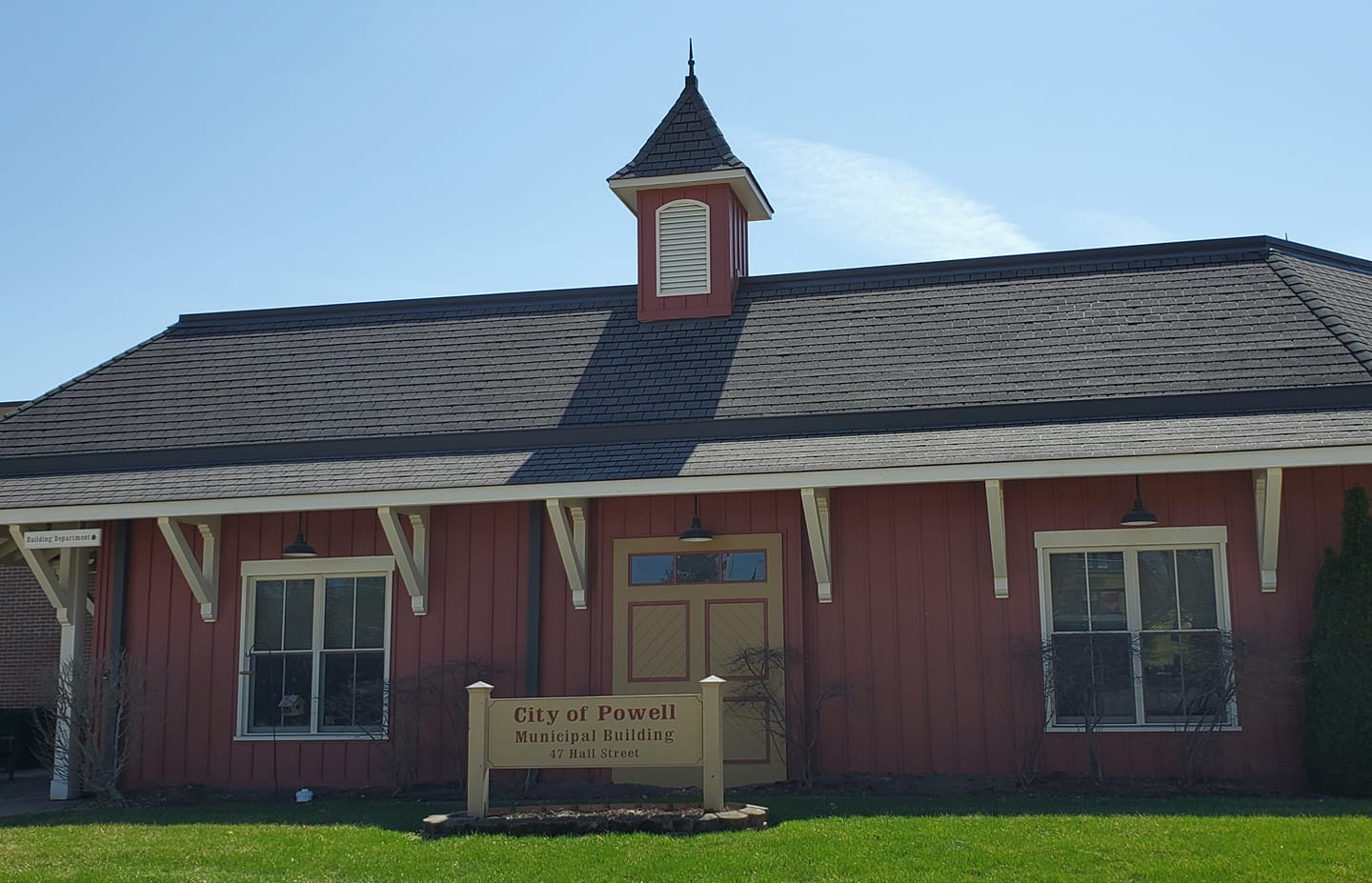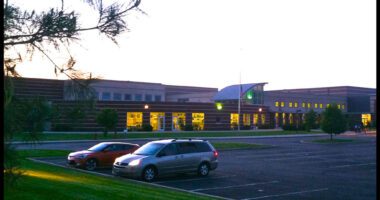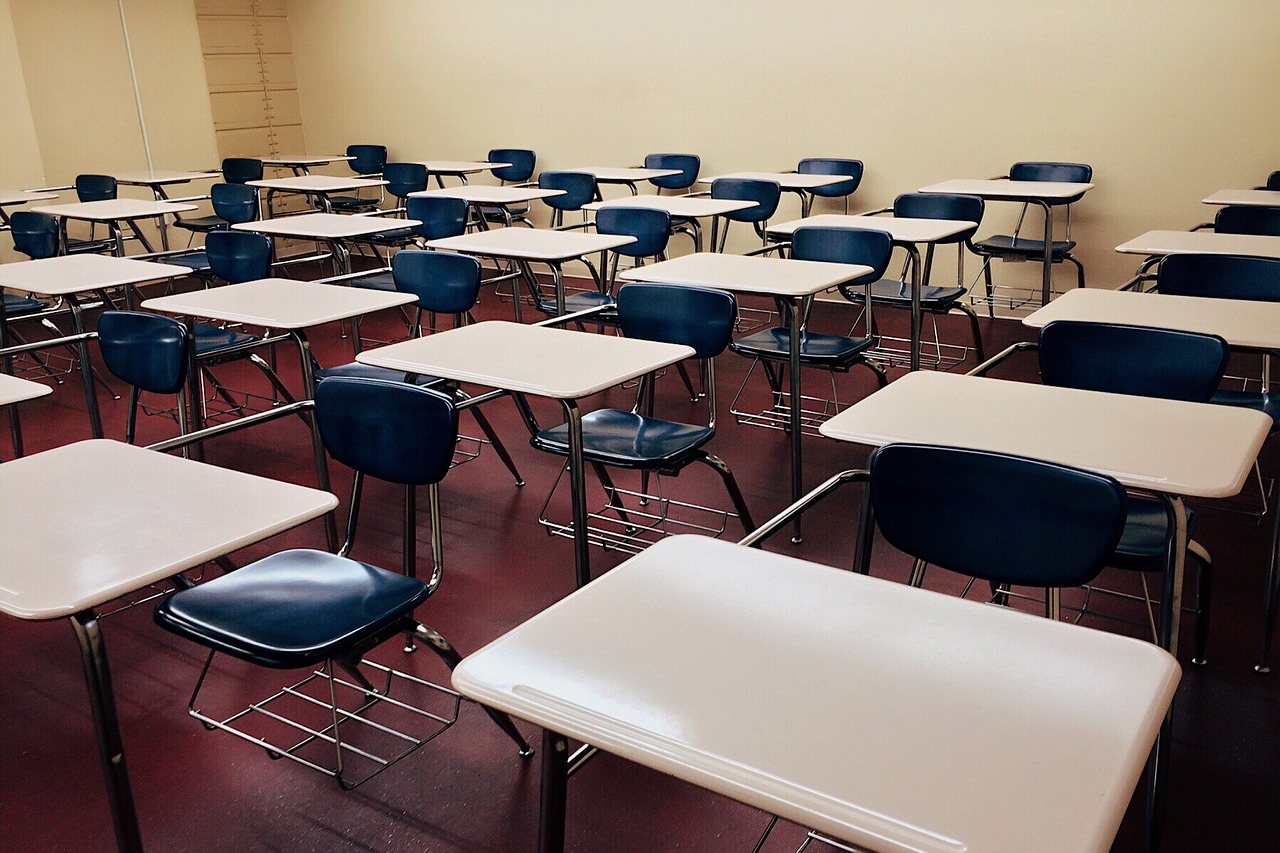By 1808Delaware
Two local school districts in Delaware and Union Counties, Marysville Exempted Village School District and Westerville City Schools, are preparing to return to the ballot in May 2025 to seek community support for new tax levies. Both districts are grappling with financial challenges and are urging residents to approve measures critical for maintaining and improving school operations.
Marysville Exempted Village School District: Third Time’s the Charm?
The Marysville Exempted Village School District plans to place a 5.5-mill, 10-year emergency property tax levy on the May 2025 primary ballot. If approved, the levy would fund day-to-day operations, costing homeowners $192 annually per $100,000 of home value.
This marks the district’s third attempt to pass a tax levy in two years. The resolution for the upcoming levy was narrowly approved by the school board in a 3-2 vote. The district has faced significant financial hurdles following two previous levy failures:
- May 2023: Voters rejected a levy aimed at addressing a projected $9.6 million operating deficit.
- November 2024: An emergency levy failed, despite warnings that rejection would result in severe cuts to staff and extracurricular programs.
Consequences of Recent Levy Failures
The failed November 2024 levy forced the district to:
- Eliminate school resource officers.
- Increase pay-to-participate fees from $200 to $770 per activity with no cap.
- Plan to cut 30 staff positions in art, music, and other electives for the 2025-26 school year.
District officials hope that the urgency of these reductions will encourage community support for the new measure. If certified by the Ohio Secretary of State’s Office, the levy will appear on the May ballot.
Westerville City Schools: Permanent Operating Levy to Offset Cuts
Westerville City Schools is also preparing to place a levy on the May ballot. The school board recently approved a resolution to advance a 4.9-mill permanent operating levy, which aims to avoid additional program and service reductions. A final vote on whether to proceed will take place at the board’s January 27 meeting.
A History of Budget Reductions
The district has faced ongoing financial strain due to declining state funding. In a letter to parents, officials explained that recent state cuts have shifted the burden of education costs to local taxpayers. Following the November levy failure, the district reduced expenses by $8 million but warned that further cuts to student programs and services may be unavoidable without additional funding.
November Levy Details
In November, the district sought a combined levy-bond issue:
- 1.66-mill bond issue: Would have generated $140 million for school construction and improvements over 37 years.
- Operating levy: Designed to provide immediate funding for daily operations.
Both measures failed, prompting the district to refocus on securing operating funds in May.
The Stakes for Local Communities
Both Marysville and Westerville districts emphasize that these levies are essential for maintaining educational standards. Marysville has already felt the effects of levy failures, with staffing and student activities directly impacted. Westerville, while managing to avoid immediate reductions, warns that without the levy, additional cuts will be inevitable.
Community response in May will determine whether these districts can stabilize their finances and continue to provide quality education.










